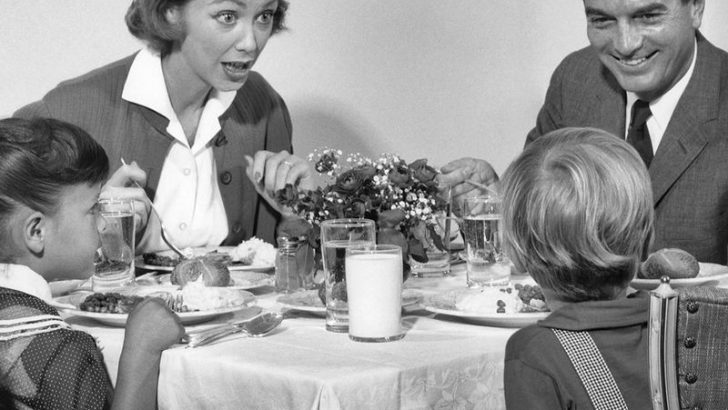The 1960s were a time of revolutionary changes, not just in the political and cultural landscapes, but also in everyday social norms and rules. Many practices that were once considered commonplace are now distant memories, leaving us with a sense of nostalgia for a different era. This blog post explores 14 intriguing rules from the ’60s that have fallen by the wayside in our modern world, offering a glimpse into how society has evolved over the decades. From fashion to etiquette, these forgotten norms highlight a time when traditions were both revered and challenged.
1. Men wore hats everywhere
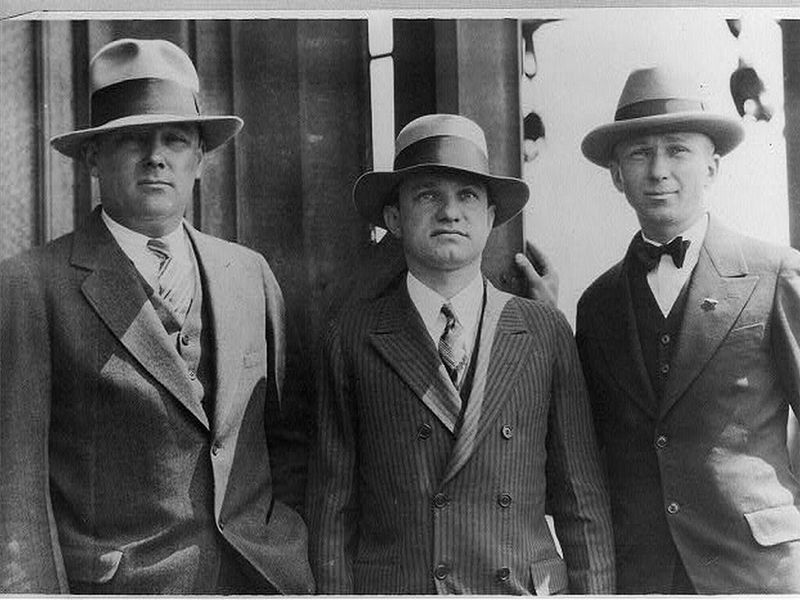
In the 1960s, a gentleman’s wardrobe was incomplete without a stylish hat. Fedoras and trilbies were more than mere accessories; they were symbols of sophistication and respectability. Wearing a hat was expected in many public settings, from business meetings to casual strolls. The sight of hatless men was rare, as removing one’s hat was a gesture of politeness when entering a building or greeting someone. Yet, as fashion trends evolved, this once-essential accessory gradually faded from everyday use, leaving behind a legacy of timeless elegance.
2. Sunday best for church
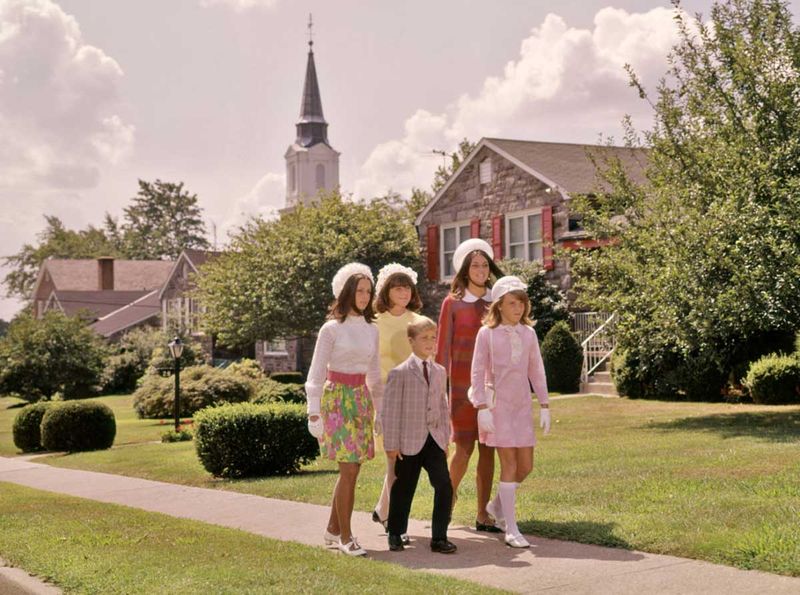
Sundays in the ’60s saw families donning their finest attire for church services, embodying a tradition of reverence and formality. Children wore polished shoes and pressed dresses, while parents opted for suits and hats. This weekly ritual was more than a fashion statement; it was a testament to community values and respect for faith. Over the years, the informality of modern church attire has overshadowed this practice, reflecting broader shifts in societal norms and attitudes towards tradition and identity.
3. Polite phone manners
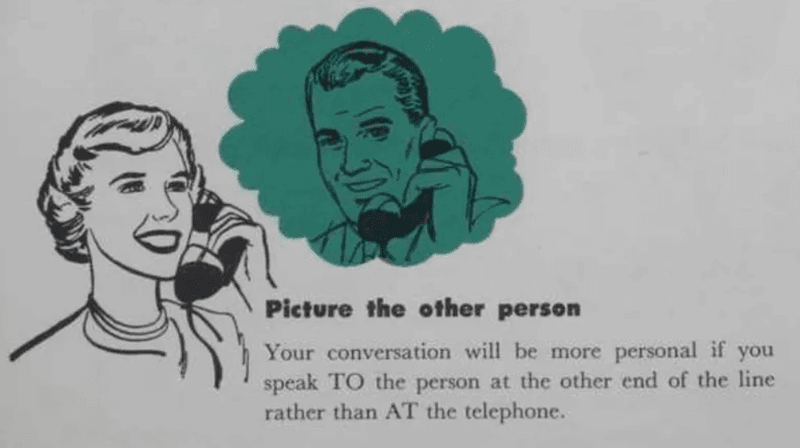
In an era without smartphones, telephone etiquette was paramount. Answering with a courteous “Hello, this is [Name]” set the tone for respectful exchanges. Calls were often brief and to the point, reflecting the cost and value of communication. Politeness extended to waiting one’s turn to speak and avoiding interruptions. As technology advanced, the art of conversation shifted, leaving behind the once-standard practices that emphasized respect and clarity in every interaction. Today, the simplicity of polite phone manners serves as a nostalgic reminder of a more formal time.
4. Using proper grammar
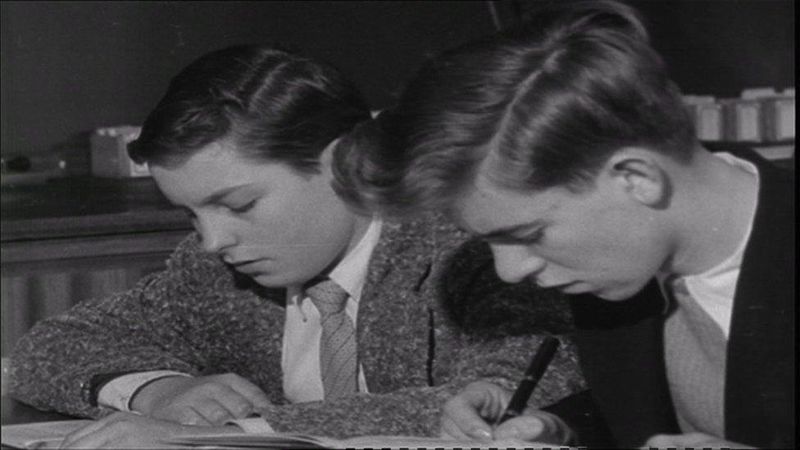
Grammar was a cornerstone of education in the 1960s, with teachers emphasizing proper language use as a sign of intelligence and social standing. Pupils memorized rules and practiced sentence construction diligently. Speaking and writing correctly was seen as a reflection of one’s character, making grammar a social currency. With the evolution of language in the digital age, adherence to strict grammatical norms has relaxed, leading to more fluid and informal communication. This shift underscores the changing priorities in how we connect and convey ideas.
5. Dressing up for air travel
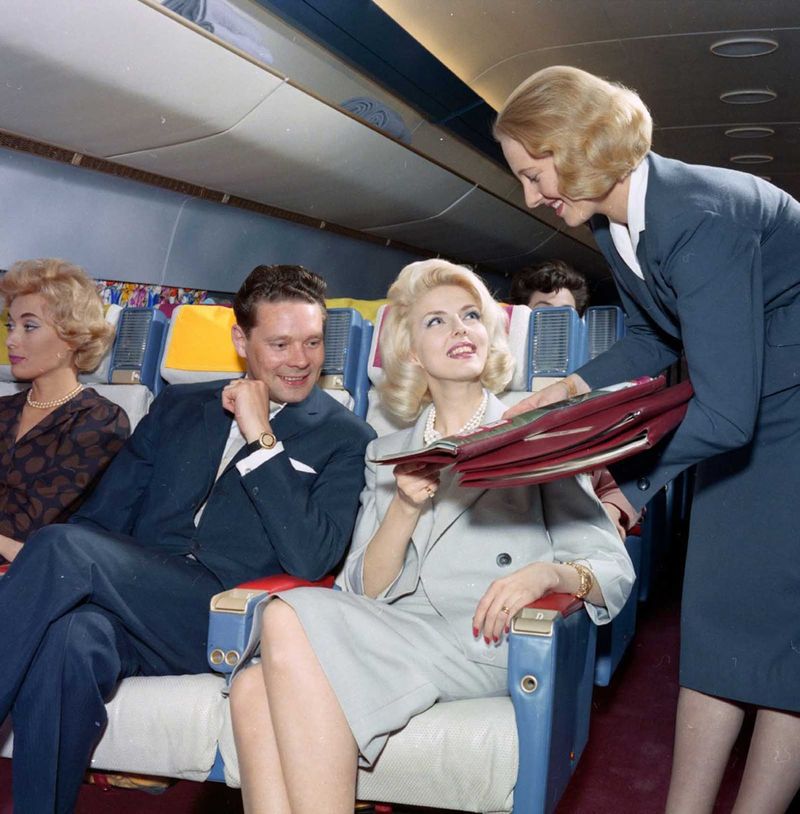
Air travel in the 1960s was a glamorous affair, with passengers donning their best outfits for the occasion. Suits, dresses, and polished shoes were common sights in airport terminals. This tradition of dressing up for flights reflected the exclusivity and excitement of air travel at the time. However, as flying became more accessible and routine, comfort took precedence over style. Today’s casual airport attire stands in stark contrast to the elegance of the past, highlighting the shift towards practicality in travel norms.
6. Respect for elders

Respecting elders was deeply ingrained in ’60s culture, with younger generations taught to listen and learn from their seniors. Phrases like “Yes, sir” and “No, ma’am” were commonplace, serving as verbal acknowledgments of deference. This respect extended to offering seats and prioritizing the needs of older individuals. Today, while respect remains important, societal changes have influenced how these gestures are manifested. The nostalgia for the past remains, reminding us of the value placed on wisdom and experience in shaping communal connections.
7. Writing thank-you notes

The art of writing thank-you notes was cherished in the 1960s, reflecting sincerity and gratitude. Sending handwritten messages for gifts or kind gestures was a meaningful tradition, emphasizing personal connections. The effort put into crafting thoughtful words on paper was emblematic of the value placed on appreciation. Although digital communication offers convenience today, the charm of a handwritten note is a wistful reminder of the past’s personal touch. Reviving this practice can rekindle the warmth and consideration that defined interactions in that era.
8. Ladies first

“Ladies first” was more than just a saying in the 1960s; it was a guiding principle of gentlemanly conduct. Men were taught to open doors, offer seats, and extend courtesies to women as signs of respect and honor. These gestures were not merely rituals but reflections of societal values that prioritized etiquette and chivalry. As gender roles evolved, the relevance of such customs has been debated, yet they serve as cultural touchstones that evoke memories of an era where decorum was cherished.
9. Home-cooked family dinners
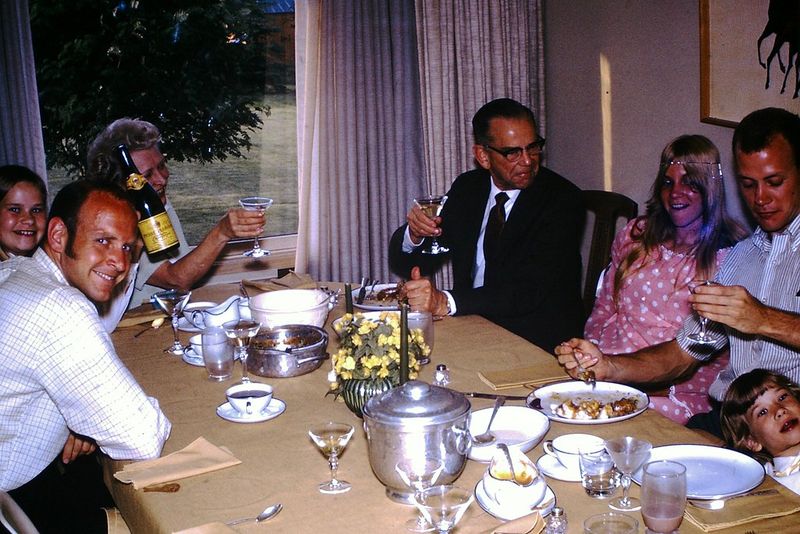
Evening meals in the ’60s were family-centric, with home-cooked dinners serving as a cornerstone of domestic life. Families gathered to share food and stories, fostering connections and traditions. The preparation of meals from scratch was a labor of love, with recipes passed down through generations. As modern lifestyles have grown busier, the convenience of take-out and fast food has overshadowed this ritual. However, the essence of these family dinners endures as a symbol of togetherness and nostalgia for simpler times.
10. Carrying handkerchiefs
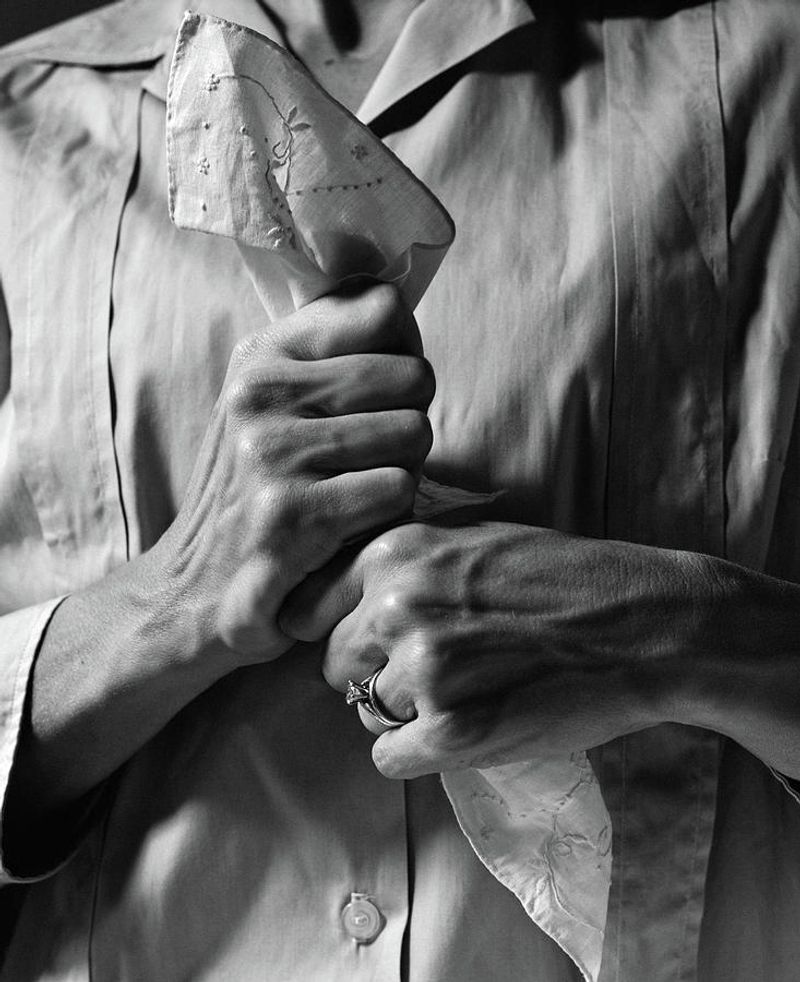
In the 1960s, a well-groomed individual was never without a handkerchief, an essential accessory for both utility and style. Whether wiping away a tear or dusting off a seat, the handkerchief was a multifunctional tool carried by men and women alike. Its presence signified an attention to detail and personal care. Today, disposable tissues have largely replaced this accessory, reflecting changes in hygiene practices. Yet, the nostalgia for handkerchiefs remains, with their elegance symbolizing an era that valued sophistication.
11. Strict curfews for teens
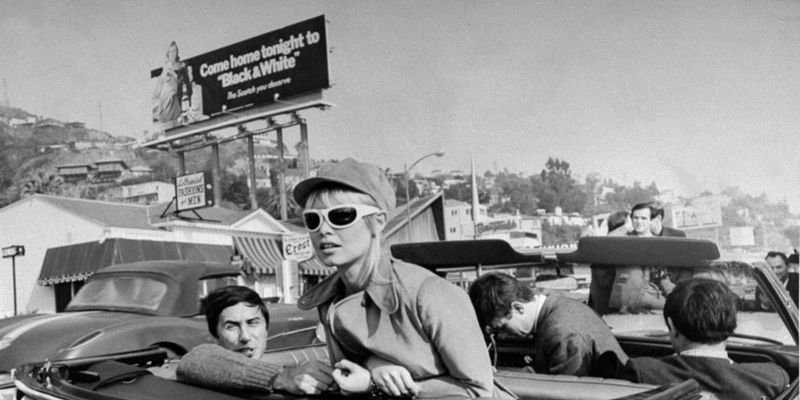
Teenagers in the ’60s were often subject to strict curfews, a practice rooted in parental guidance and societal expectations. These curfews were designed to instill discipline and ensure safety, with parents enforcing them as acts of care. While today’s teenagers enjoy greater freedom, the once-common curfew serves as a nostalgic marker of a time when boundaries were clearly drawn. The balance between independence and oversight has shifted, reflecting evolving attitudes towards parenting and adolescent autonomy.
12. Formal dance etiquette
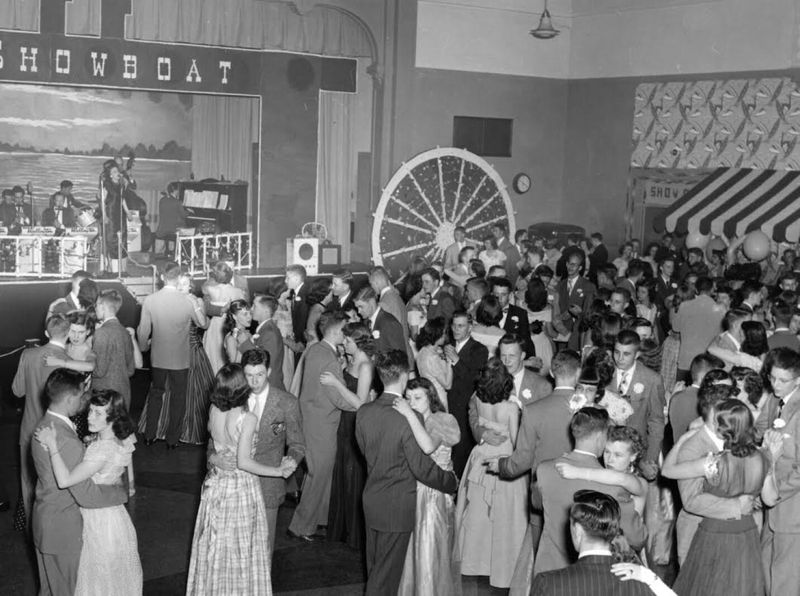
Dance events in the 1960s adhered to strict etiquette, with participants following unspoken rules of decorum on the dance floor. From ballroom to sock hops, dancing required a sense of grace and respect for one’s partner. The ritual of asking politely for a dance and following established steps mirrored broader social norms. As dance styles have evolved, so too have the expectations surrounding them, leaving behind the polished formality of the past. This change highlights the dynamic nature of cultural expressions and traditions.
13. Reading the daily newspaper
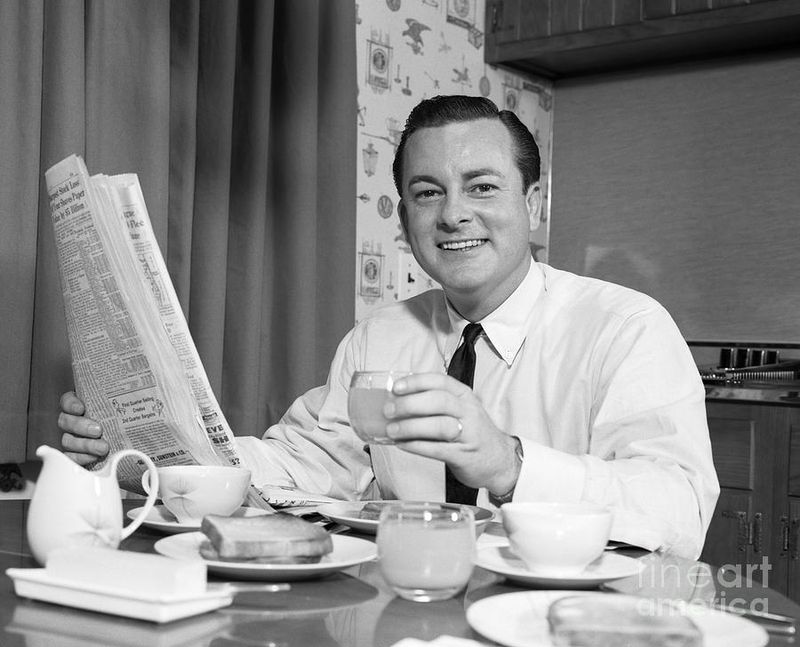
Every morning in the ’60s began with the rustle of newspaper pages. Reading the daily news was a ritual that connected individuals to the world beyond their doorstep. This practice fostered informed citizens and lively discussions about current events. With the rise of digital media, the once-ubiquitous newspaper has become a rarity, as people now access news through screens. Yet, the nostalgia for printed news persists, reminding us of a time when the day’s events unfolded over coffee and conversation.
14. Family road trips without gadgets

Road trips in the 1960s were adventures marked by spontaneity and family bonding, devoid of today’s digital distractions. Families relied on maps, road games, and conversations to pass the time, creating memories that lasted long after the journey ended. This tradition of unplugged travel fostered creativity and deep connections among travelers. While modern technology offers conveniences, the charm of these bygone road trips lingers, evoking a sense of longing for the simplicity and togetherness they represented.

